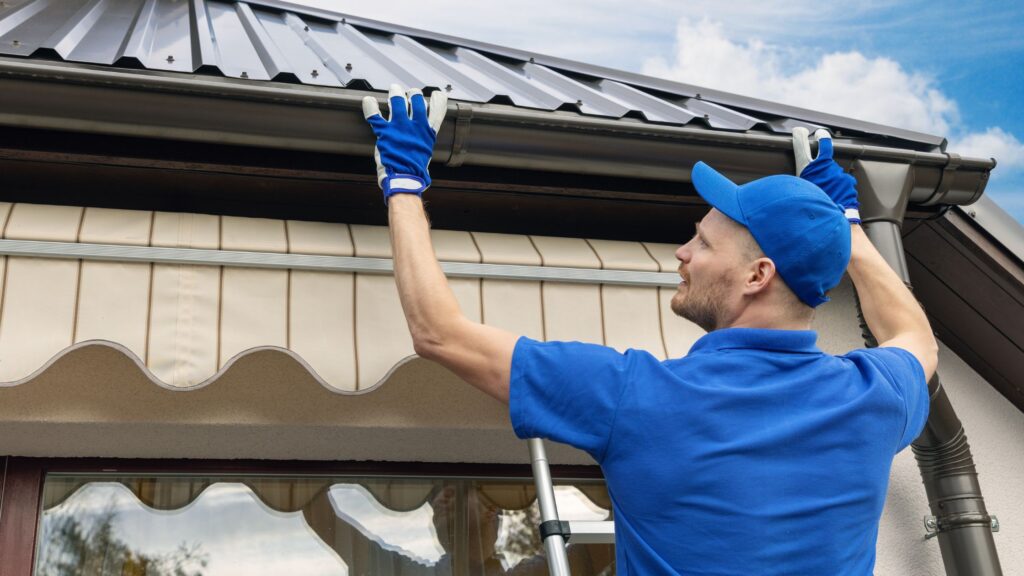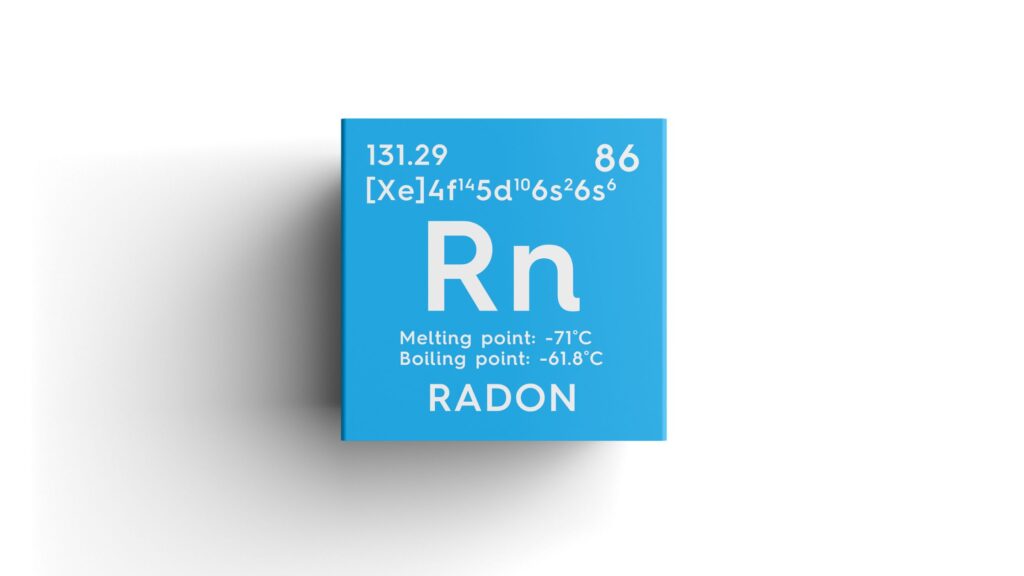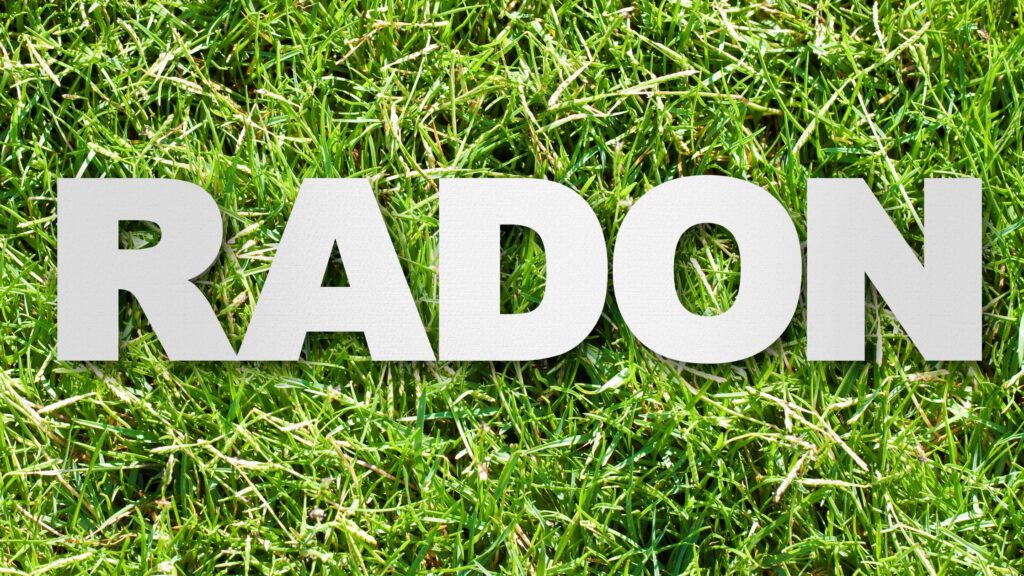Radon gas is invisible, odorless, and tasteless, yet it remains one of the most dangerous indoor air pollutants. Many homeowners in the United States live with elevated radon levels without even realizing it. Unfortunately, long-term radon exposure is the second leading cause of lung cancer, according to the EPA. Protecting your home requires proactive measures, and one of the most effective solutions is professional radon system installation.
By installing a mitigation system, you significantly reduce radon levels and safeguard your family’s health. In this guide, you will learn what radon is, why it matters, how radon systems work, and why certified professionals are the best choice for installation.

What Is Radon and Why Does It Matter
Radon is a naturally occurring radioactive gas that comes from the breakdown of uranium in soil, rocks, and groundwater. It can enter your home through cracks in foundations, gaps in walls, construction joints, or even through well water. Because it is invisible and odorless, homeowners cannot detect it without proper testing.
The danger lies in radon’s ability to accumulate indoors, particularly in basements and lower levels of a home where ventilation is limited. Over time, inhaling radon particles damages lung tissue and significantly increases the risk of cancer. With radon system installation, you can prevent this buildup and create a healthier indoor environment. Learn more about Radon Ventilation System.
Health Risks of Long-Term Radon Exposure
The link between radon and lung cancer is well documented. Studies show that prolonged exposure to high radon levels can be as harmful as smoking. Even for non-smokers, radon exposure is considered the leading environmental cause of lung cancer.
Children are especially vulnerable because their lungs are still developing, also they tend to spend more time indoors. Homeowners who act early with radon system installation not only protect their current health but also reduce risks for future generations.
How Radon System Installation Works
A radon mitigation system is designed to lower the concentration of radon in your home by safely redirecting it outside. The process begins with professional testing to determine radon levels and identify entry points.
The typical installation involves:
- Sealing cracks and entry points to limit the flow of radon into your home.
- Installing a vent pipe system that extends from the foundation to above the roofline.
- Adding a specialized fan that draws radon gas from beneath the home and expels it outdoors.
Every system is customized to the layout of the property, ensuring maximum effectiveness. Certified professionals follow strict industry guidelines to guarantee that the system operates efficiently and continues to protect your household.
Key Benefits of Professional Installation
Choosing professional radon system installation offers several advantages over attempting a DIY approach.
- Accurate testing and diagnosis: Experts use advanced equipment to measure radon precisely.
- Tailored system design: Each home is unique, and professionals design systems that address specific radon entry points.
- Long-term safety: Properly installed systems maintain safe indoor air quality for decades.
- Peace of mind: With expert installation, you know your family is breathing healthier air every day.
Additionally, most professional services include warranties and follow-up testing, ensuring ongoing compliance with safety standards.

Why Choose Certified Experts
Installing a radon mitigation system may appear simple, but the effectiveness depends on precision and compliance with building codes. Certified experts bring years of training and experience, ensuring systems work properly from day one.
These professionals also use diagnostic tools to monitor performance, provide maintenance guidance, and verify that radon levels drop to safe thresholds. By trusting certified specialists for radon system installation, you avoid costly mistakes and ensure long-term protection.
Maintenance and Long-Term Safety
While mitigation systems are durable, they still require periodic maintenance. A radon fan typically lasts between five and ten years, and regular inspections ensure it operates correctly. Professionals also recommend retesting radon levels every two years to confirm system effectiveness.
Maintenance includes:
- Checking the fan and vent pipe for wear.
- Ensuring seals remain airtight.
- Retesting radon after major home renovations.
By keeping up with maintenance, you ensure the system continues to safeguard your family for decades.
Conclusion
Radon is a silent but serious threat that can compromise your health and your family’s well-being. Fortunately, radon system installation provides a proven and effective solution. With professional design, expert installation, and ongoing maintenance, you can rest assured that your home is safe.
For reliable mitigation solutions, visit DSM Radon. Their certified specialists provide tailored services that protect your indoor air quality and create a healthier home environment for years to come.

Frequently Asked Questions
1. How long does radon system installation take?
Most systems are installed in a single day, depending on the complexity of the home.
2. Will the system affect the look of my home?
Installations are discreet and designed to blend with your home’s exterior.
3. Do I need to retest after installation?
Yes, retesting confirms that the system is effectively reducing radon levels.
4. Is radon only a problem in older homes?
No, radon can enter both new and old homes. Proper testing and mitigation are necessary for all properties.





